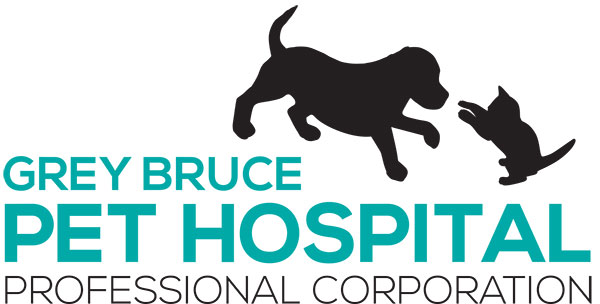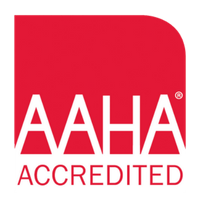- Patellar Luxation Repair
- Femoral Head and Neck Osteotomy
- Extracapsular Cruciate Repair
- Surgical insemination
- Caesarian Section
- Adipose Derived Stem Cell Collection
Click below to learn more about the surgical precautions that we take, and the more complicated surgeries that we offer.
Spaying
Neutering
Neutering involves surgical removal of both testicles. It can be performed under a number of anesthetics and monitoring devices. If you are looking for a competitive price on this procedure, be sure to question the type of anesthetic used, the monitoring equipment, and procedures followed, and ask about fluid therapy and protocols that are included to keep your pet comfortable. There are several monitoring devices that can be used during your pet’s anesthetic. A technician continually assesses your pet’s vital signs during the procedure. Although the risk of an anesthetic death in a normal healthy pet is very rare, monitoring devices and procedures allow a response to an anesthetic emergency faster. Faster responses can save lives. Please call or visit our facility to learn more about our neutering procedures.
Orthopaedic Surgery
Leg fractures are the most common orthopaedic problem presented at our clinic and usually result from a mishap with an automobile. They can be treated in a variety of ways depending on the location and type of fracture. We can apply a cast to treat certain fractures; however, many fractures will require surgical intervention:
- “Pinning” stabilizes the fracture by inserting a long stainless steel rod into the middle of the bone across the fractured area.
- “Plating” involves attaching a flat stainless steel plate to the bone using screws on either side of the fracture.
- “External fixation” stabilizes fractures using a series of pins on the outside of the leg that pass through the skin and into the bone on either side of the fracture.
We also perform a lot of orthopaedic surgeries related to hip dysplasia and disc disease. Please contact us if you have any questions about these procedures or if you think your pet might benefit from them.
Patient Monitoring
General Anesthesia
Although general anesthetics are significantly safer than they have been in the past, there is still the remote chance of an anesthetic accident. There are many ways to reduce the risk associated with anesthesia including a physical examination and blood work prior to anesthesia. Anesthetic monitoring equipment and protocol can also contribute to a safer anesthesia.
Local Anesthesia
Location
1393 16th Ave East
Owen Sound, ON N4K 0J3
Click here for directions.
Contact Us
Hours
Tues: 8:00am - 6:00pm | Evening appointments temporarily suspended until the New Year.
Wed: 8:00am - 6:00pm | Evening appointments temporarily suspended until December 17 2025.
Thurs: 8:00am - 6:00pm
Fri: 8:00am - 6:00pm
Sat: 8:00am - 1:00pm
Sun: Closed

